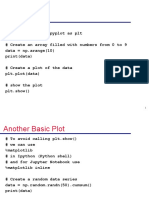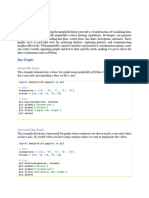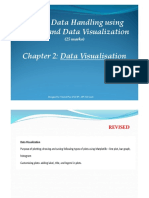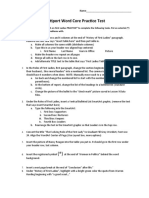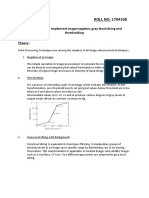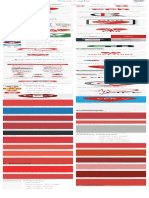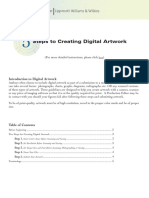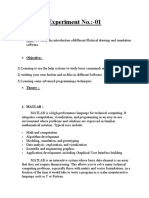0% found this document useful (0 votes)
25 views7 pagesThis Is A Thesis Made On Python, About Py
The document provides a comprehensive guide on creating various types of plots using Matplotlib, including line plots, scatter plots, pie charts, box plots, and more. Each plotting technique is accompanied by code snippets and explanations, detailing how to customize and enhance visualizations. It covers advanced topics such as error visualization, contour plots, and customizing styles and legends.
Uploaded by
saimaanvita2007Copyright
© © All Rights Reserved
We take content rights seriously. If you suspect this is your content, claim it here.
Available Formats
Download as DOCX, PDF, TXT or read online on Scribd
0% found this document useful (0 votes)
25 views7 pagesThis Is A Thesis Made On Python, About Py
The document provides a comprehensive guide on creating various types of plots using Matplotlib, including line plots, scatter plots, pie charts, box plots, and more. Each plotting technique is accompanied by code snippets and explanations, detailing how to customize and enhance visualizations. It covers advanced topics such as error visualization, contour plots, and customizing styles and legends.
Uploaded by
saimaanvita2007Copyright
© © All Rights Reserved
We take content rights seriously. If you suspect this is your content, claim it here.
Available Formats
Download as DOCX, PDF, TXT or read online on Scribd
/ 7













